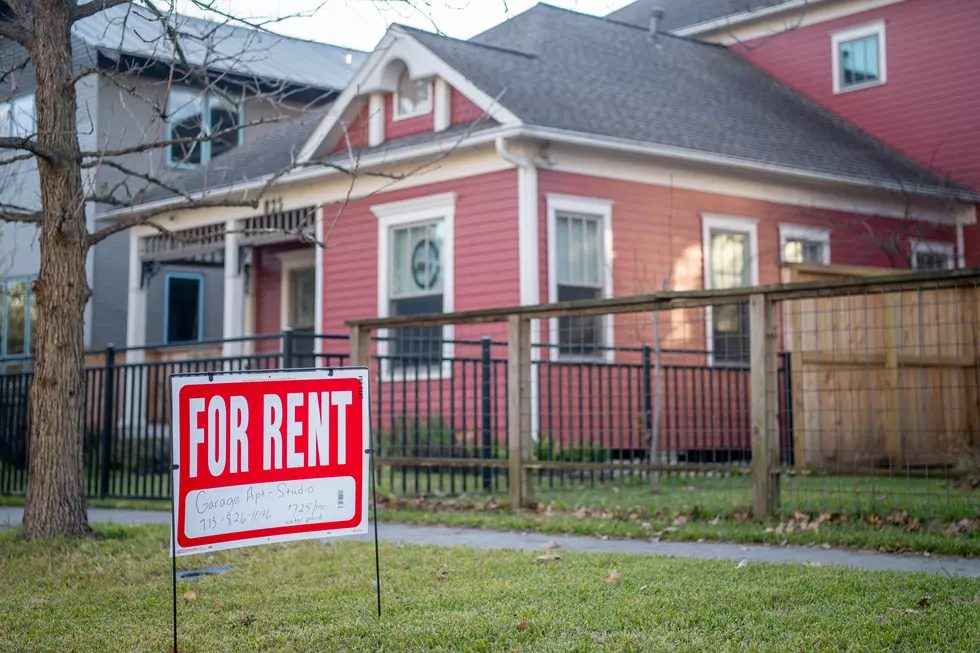![Why is NJ’s Population Shifting Away From Suburbia? [AUDIO]](http://townsquare.media/site/385/files/2012/07/hoboken.jpg?w=980&q=75)
Why is NJ’s Population Shifting Away From Suburbia? [AUDIO]
For the past 50 years, the American dream was all about buying a home in the Jersey suburbs, but that's now started to change.
Rutgers economist James Hughes says as the economy slowly improves, "A demographic and economic transformation is taking place - and for the next 10 years or so, suburbia is not the favored location."
Hughes says, "The 3 dynamic growth sectors are the children of the baby boomers- the eco-boomers - in their 20's and 30's - it's a rental housing generation - they want to live in high activity environments, such as Jersey City and Hoboken. They don't want to live in a far-flung suburb…The second growth sector…are aging baby boomers - they are resizing in the housing market- they're rattling around, by themselves, in a big suburban single family dwelling - they'd rather be in a walking environment - and the 3rd growth sector…are foreign born population. New Jersey ranks 3rd among all the states in the percentage of the population foreign born - and their location choices tend to be much more urban and much more dense."
He adds, "All 3 of those in the short term, really point to rental housing demand, higher density housing configurations, not single family units…I think we're going to see real segmentation among the suburbs - some suburbs, with certain attributes - are still going to be favored locations- other will not…Many suburban homes were built between 1950 and 1970, and the question is - that stock is now aging, how viable is that in the 21st century?"
Eventually however, Hughes says, "Those eco-boomers are going to become active parenting adults, and so if we're looking maybe 10 years down the road, we may now have a reverse-swing to suburbia."
More From New Jersey 101.5 FM









